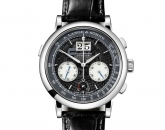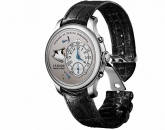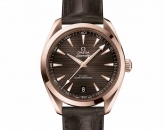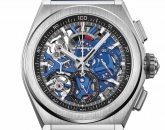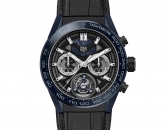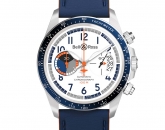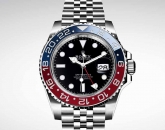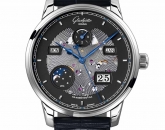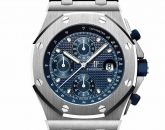 It takes a Herculean effort to elevate a design to an iconic status, but when one captures the imagination to such a degree that it is still relevant and appreciated 95 years after its creation, then that design is worth taking note of.
It takes a Herculean effort to elevate a design to an iconic status, but when one captures the imagination to such a degree that it is still relevant and appreciated 95 years after its creation, then that design is worth taking note of.
Louis Cartier probably didn’t have such a grand plan in mind when he created the Tank in 1917. He simply wanted a watch that was sleek and forward-looking, a timepiece that would serve as a dashing replacement to the pocket watches that were still popular (though becoming inconvenient to carry around) at that time. Inspired by the Renault tanks used by the American Forces in the First World War, the watch is simultaneously rectangular and square. Cartier archives reveal a top-view diagram of a tank, with its caterpillar tracks drawn next to a similarly rectangular watch case that had a seamless integration of lugs and the case as an extension of the strap. The first prototype was reportedly presented at peacetime to General John Pershing, the commander of the American Expeditionary Force in Europe.
First sold in 1919 as the Tank Normale, the watch’s simplicity in design automatically garnered universal appeal. Apart from the integrated case, lugs and strap, key to the design were the brancards, or vertical bars on the sides of the case, Roman numeral hour markers, and the chemin-de-fer (railway track) design on the square dial.
Since then, about 16 different versions of the Tank have been released, all with Louis Cartier’s design ethos in mind. The key elements of the watch remain the same, proving a timeless appeal that has stretched decades.


